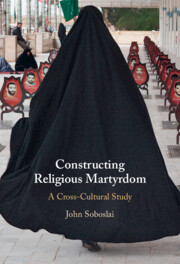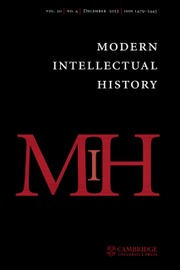Constructing Religious Martyrdom
Martyrdom is a phenomenon common to many of the world's religious traditions. But why? In this study, John Soboslai offers insights into the practices of self-sacrifice within specific sociopolitical contexts. Providing a new understanding of martyrdom through the lens of political theology, he analyzes discourses and performances in four religious traditions during social and political crises, beginning with second-century Christianity in Asia Minor, where the term 'martyr' first took its meaning. He also analyzes Shi'a Islam in the 1980s, when 'suicide bombing' first appeared as a strategy in West Asia; global Sikhism during World War I, where martyrs stood for and against the British Raj; and twenty-first-century Tibetan Buddhism, where self-immolators used their bodies in opposition to the programs of the People's Republic of China. Presenting a new theory of martyrdom linked to constructions of sovereign authority, Soboslai reveals common features of self-sacrifice and demonstrates how bodily performances buttress conceptions of authority.
- Examines the discourses and performances of martyrdom across four religious traditions, from the second to the 21st centuries
- Presents a new understanding of martyrdom linked to constructions of sovereign authority
- Utilizes concepts of political theology
Product details
May 2024Adobe eBook Reader
9781009482981
0 pages
This ISBN is for an eBook version which is distributed on our behalf by a third party.
Table of Contents
- 1. Introduction: concerning martyrdom
- 2. Executed martyrs in second century Christianity
- 3. The human bombs of twentieth century Shi'i Islam
- 4. Sikh martyr imaginaries in the early twentieth century
- 5. The martyrdom of twenty-first century Tibetan self-immolators
- 6. Performances of suffering: The drama of martyrdom
- 7. Witnesses to a sovereign imaginary
- Conclusion: The witness of martyrdom
- Epilogue
- Bibliography
- Endnotes
- Index.



